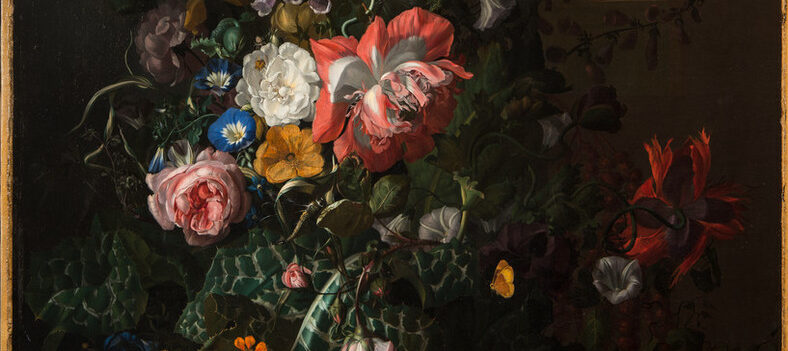While the museum’s building is closed for renovation, our volunteers have been separated from the works of art they’ve grown to love. In our Fast Favorites series, we share volunteers’ insights and explore what makes their selections so special to them, perhaps helping you discover new NMWA favorites.
Although these works vary in style and content, each artist looked to the natural world to inspire their palette, setting, or subject.
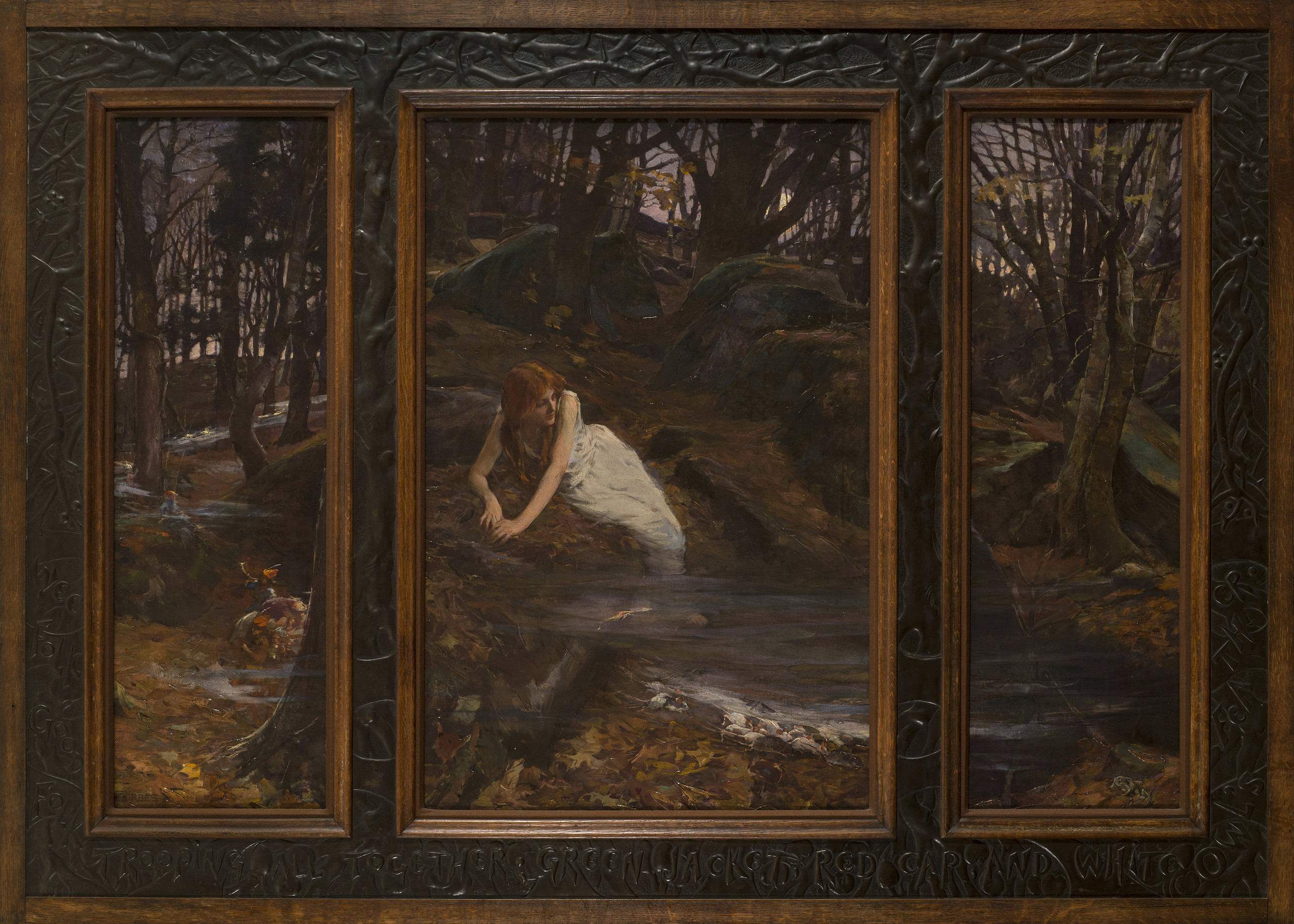
1. Will-o’-the-Wisp, ca. 1900, by Elizabeth Adela Armstrong Forbes
Visitor Experience Volunteer Genevieve Moreland: “I appreciate that the piece is based on the poem ‘The Fairies,’ by William Allingham. When you look at the piece and read the poem together, you’re able to visualize Bridget’s experience with the ‘wee folk.’ I also really love how the frame contains words from Allingham’s poem. Forbes’s work shows both the mythical and natural world, and I love imagining the fairies in the forest.”
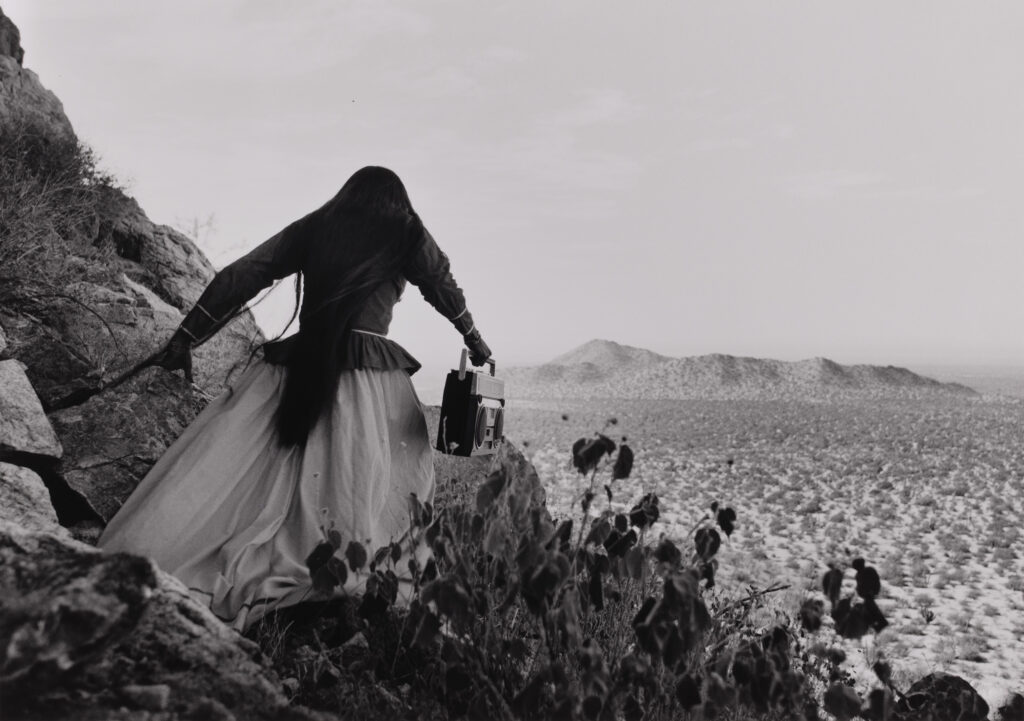
2. Mujer Ángel, Desierto de Sonora (Angel Woman, Sonoran Desert), 1979, by Graciela Iturbide
Visitor Experience Volunteer Lucy Gregor: “I am drawn to this image because, like the desert it features, it is vast. Vast in possibility—who is she? Where is she going?—and also vast in composition, with the black-and-white film making the desert, to me, incredibly striking and a bit eerie. Iturbide’s work features what may be an ordinary day for the subject in the photo and makes it extraordinary for the viewer.”
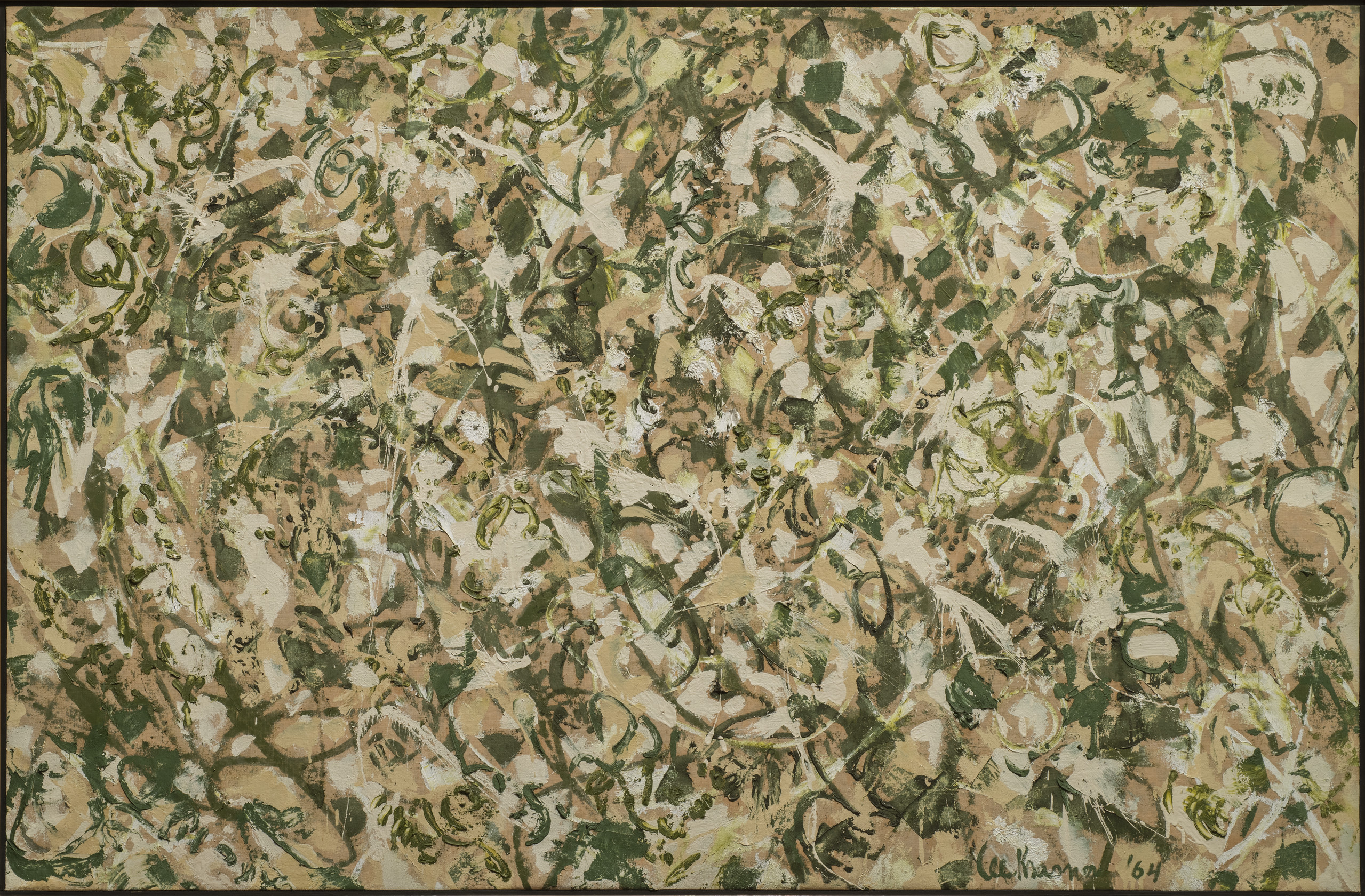
3. The Springs, 1964, by Lee Krasner
Docent Erin Garland: “What I love most about The Springs is the contrast between the calming, peaceful colors and the constant movement. It reminds me of the shadows the sun creates on the ground when coming through the tops of trees. The shapes look familiar, but then shift to something else entirely. It doesn’t matter how many times I look at this work; I never see it in the same way.”
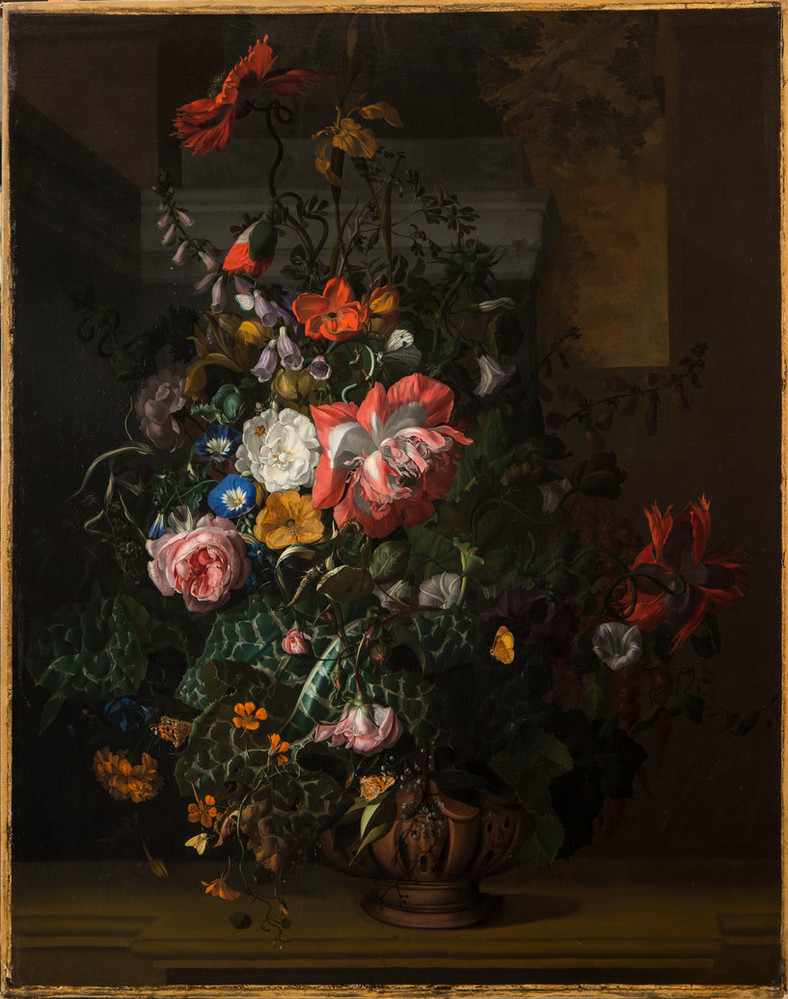
4. Roses, Convolvulus, Poppies, and Other Flowers in an Urn on a Stone Ledge, ca. late 1680s, by Rachel Ruysch
Docent Christina Reitz: “Ruysch made a career of combining difficult or even impossible collections of flowers into one still life. While this is one of her more conventional arrangements, the convolvulus, or Morning Glory, wouldn’t bloom as beautifully in real life as it does here. Plus, it’s full of bugs.”
